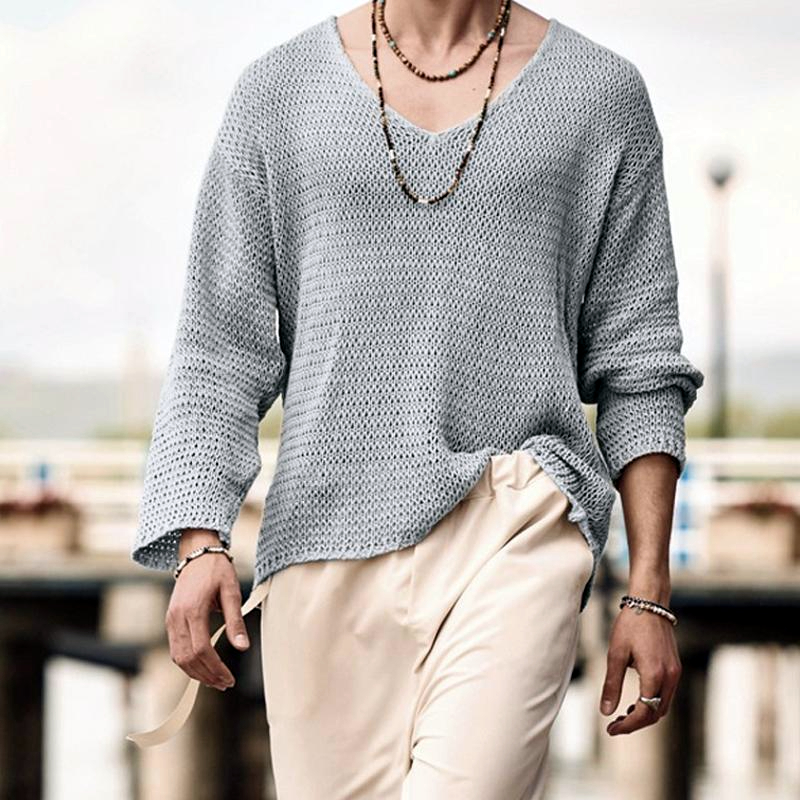Men’s fashion has a long and rich history that spans thousands of years. While the specific trends and styles have evolved over time, the concept of men’s fashion as a form of self-expression, social distinction, and cultural identity has been present throughout various civilizations and historical periods.
Here’s a brief overview of men’s fashion through key historical periods:
Ancient Civilizations: Men’s fashion can be traced back to ancient civilizations such as ancient Egypt, Greece, and Rome. In these societies, clothing and accessories were used to signify social status, rank, and occupation. Garments were often made from luxurious materials, and specific styles were associated with different classes within society.
Medieval and Renaissance Periods: During the Middle Ages and the Renaissance, men’s fashion continued to be influenced by social hierarchy and status. Clothing styles were elaborate and often reflected the wealth and standing of individuals. The Renaissance period, in particular, saw a flourishing of artistic and cultural movements that influenced men’s fashion, leading to the emergence of new silhouettes and design elements.

18th and 19th Centuries: The 18th and 19th centuries marked significant shifts in men’s fashion, with the development of specific dress codes for different social occasions and the rise of tailored suits and formal attire. Fashionable men during this time period often wore tailored coats, waistcoats, and breeches, reflecting the formal and elegant styles of the era.
20th Century to Present: The 20th century witnessed dramatic changes in men’s fashion, with the introduction of men’s casual wear, sportswear, and the evolution of men’s suiting. The mid-20th century saw the influence of subcultures such as the mod movement, the hippie era, and the rise of streetwear, which contributed to the diversification of men’s fashion styles. In recent decades, men’s fashion has become increasingly diverse, with a wide range of styles and influences from various cultural and subcultural movements.
Throughout history, men’s fashion has endured as a means of self-expression, social distinction, and cultural representation. It has been shaped by changing societal norms, technological advancements, global influences, and the creative expressions of designers and individuals. Today, men’s fashion continues to evolve, reflecting contemporary attitudes, lifestyle changes, and the ongoing exploration of new styles and aesthetics.